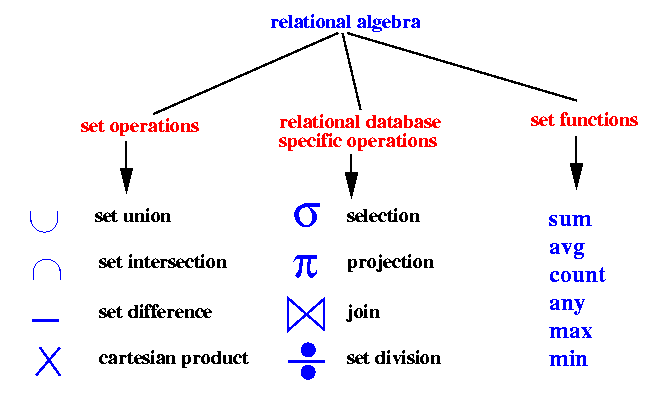by Gowdham S | Sep 6, 2015 | cse
JavaScript made its first appearance in Netscape 2.0 in 1995 with the name LiveScript. It is a dynamic computer programming language and it helps to develop the dynamic web pages. We use JavaScript to program the behavior of web pages and also we can validate the HTML...
by admin | Jun 20, 2015 | sem3
Extended ER model DEFINITION The extended ER model (E entity-relationship) model is a language for defnition of structuring (and functionality) of database or information systems. It uses inductive development of structuring. Basic attributes are assigned to base...
by admin | Jun 20, 2015 | sem3
File system organization in dbms Relative data and information is stored collectively in file formats. A file is a sequence of records stored in binary format. A disk drive is formatted into several blocks that can store records. File records are mapped onto those...
by admin | Jun 19, 2015 | sem3
Data models Data models define how the logical structure of a database is modeled. Data Models are fundamental entities to introduce abstraction in a DBMS. Data models define how data is connected to each other and how they are processed and stored inside the system....
by admin | Jun 19, 2015 | sem3
What is RDBMS? RDBMS stands for Relational Database Management System. RDBMS is the basis for SQL, and for all modern database systems like MS SQL Server, IBM DB2, Oracle, MySQL, and Microsoft Access. A Relational database management system (RDBMS) is a database...

by admin | Jun 19, 2015 | sem3
Relational Algebra Relational database systems are expected to be equipped with a query language that can assist its users to query the database instances. There are two kinds of query languages − relational algebra and relational calculus. Relational Algebra...

